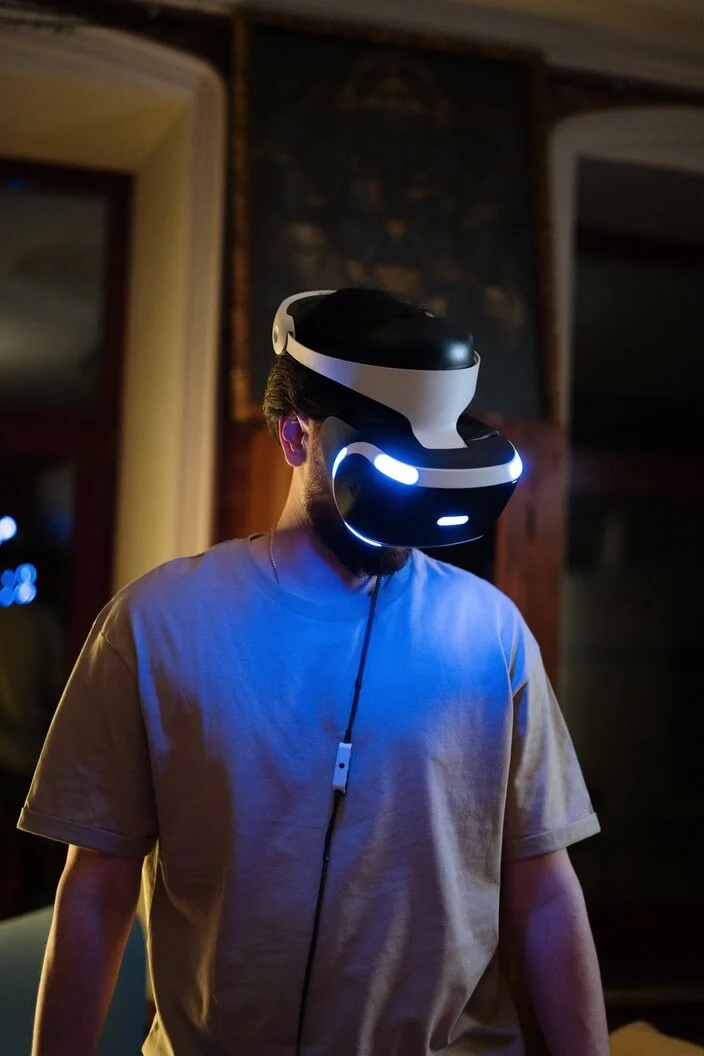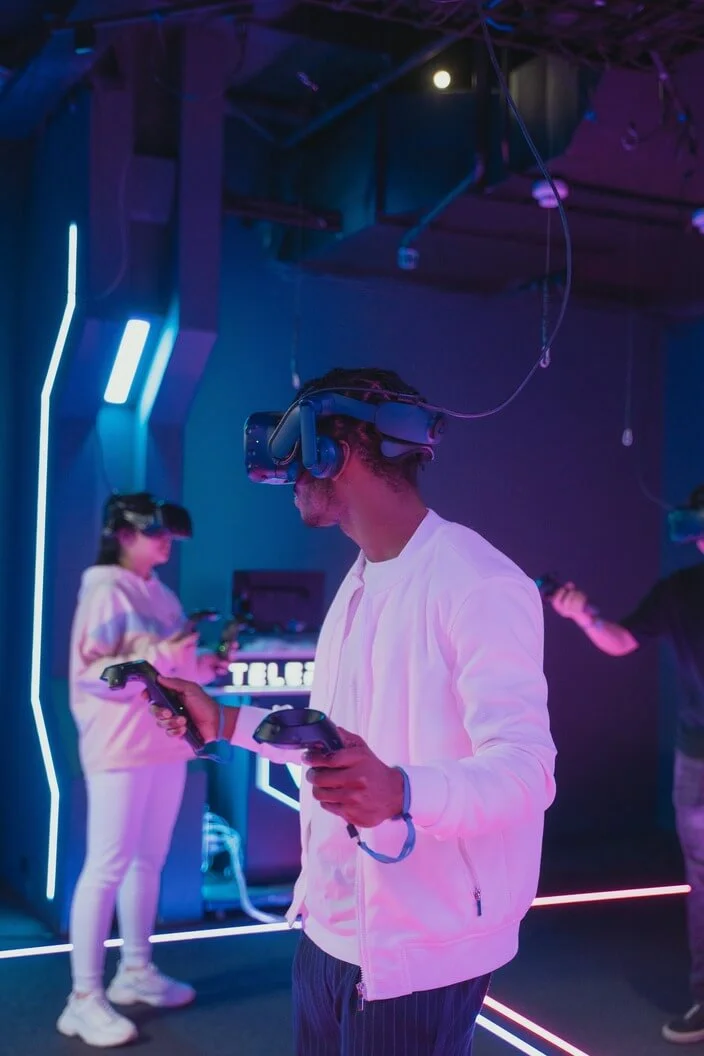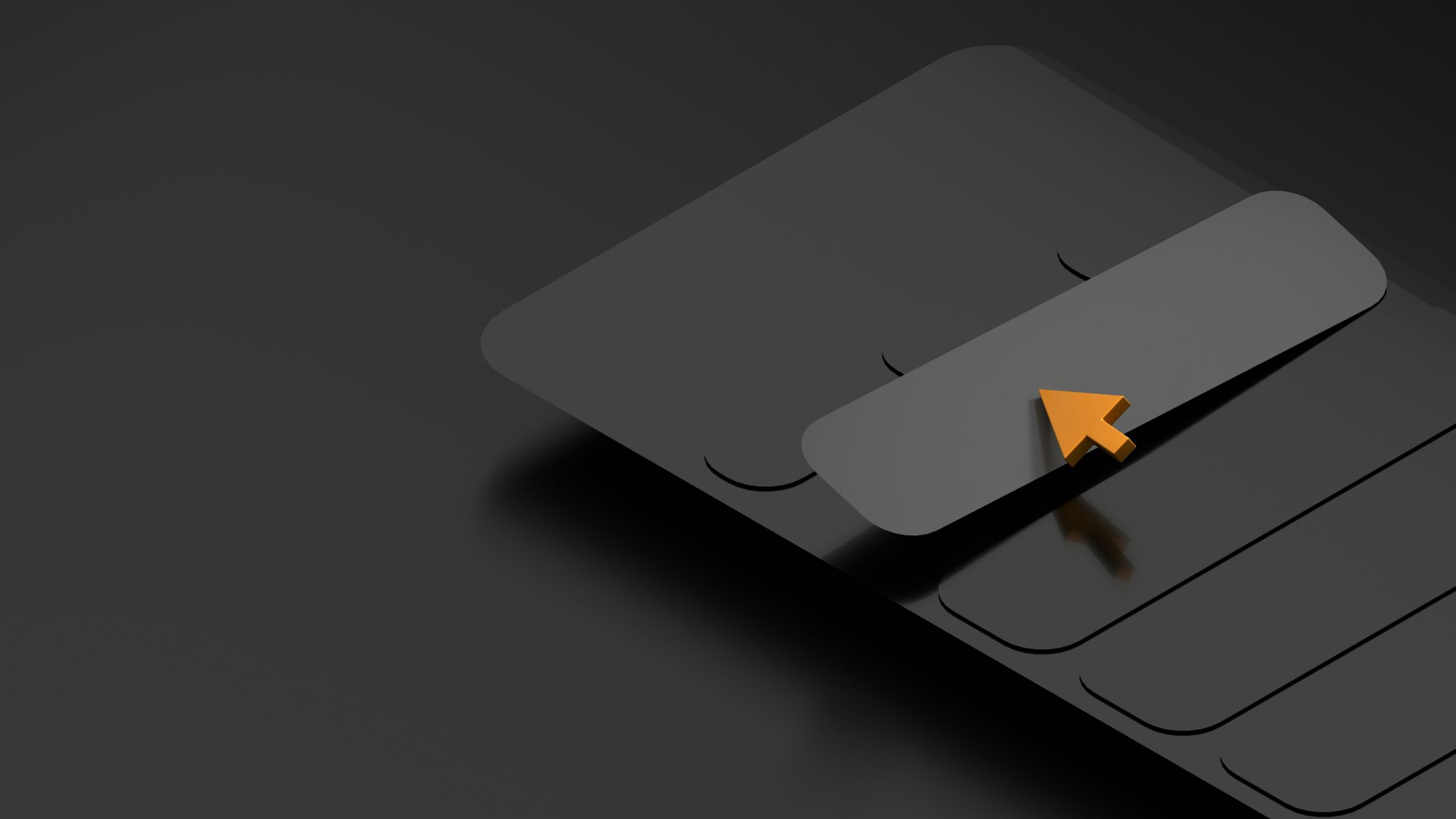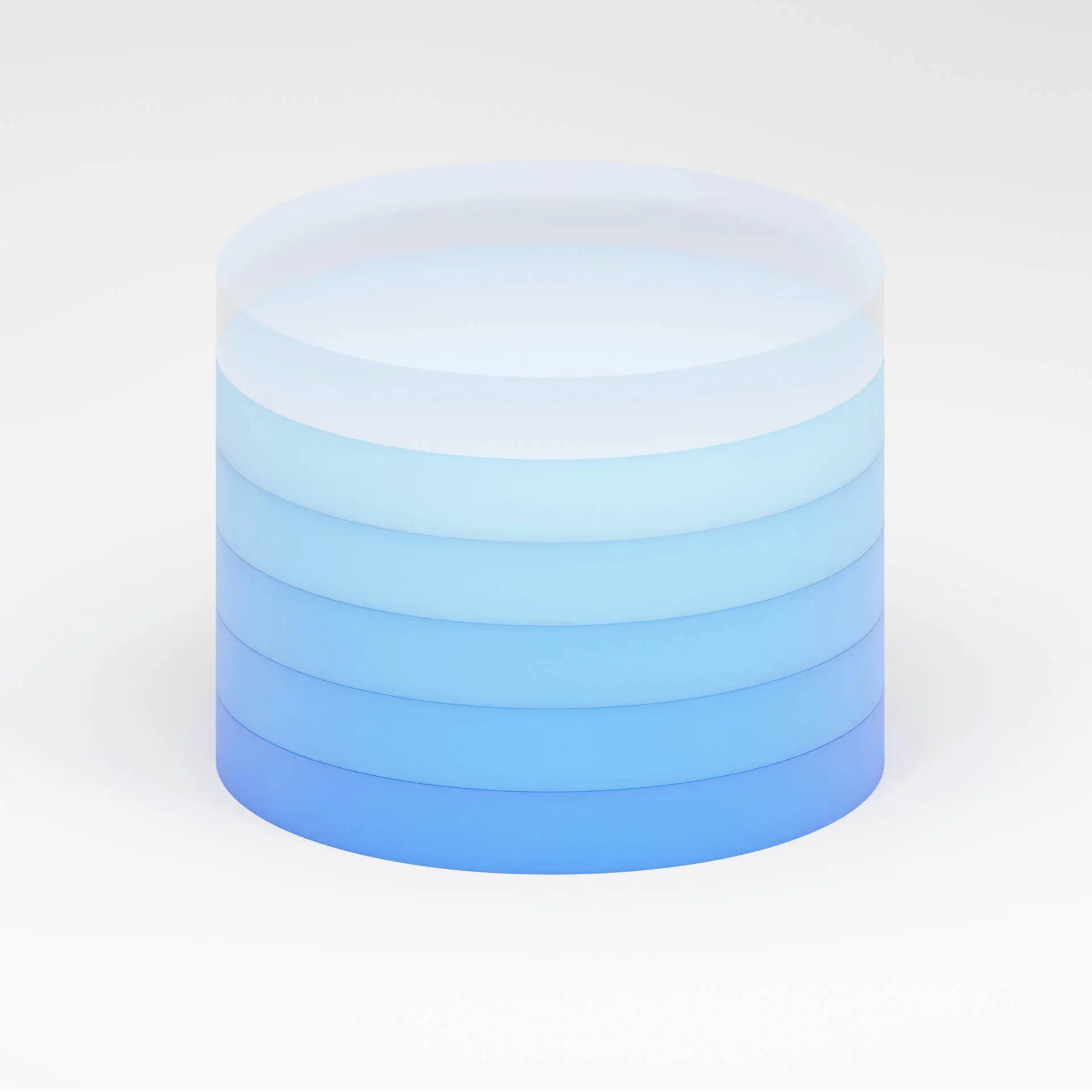In a digital economy where milliseconds determine whether users stay or leave, UX has evolved from a “nice-to-have” to a bottom-line business strategy.
What is
virtual
reality?
What is virtual reality?
Link Copied
- May 18, 2023
In recent years, artificial intelligence developed by OpenAI has gained immense popularity worldwide. There is also virtual reality, which is sometimes confused with artificial intelligence, but they are completely different and have different functions. Virtual reality is a simulated 3D environment that enables users to explore and interact with a virtual surrounding in a way that approximates reality։ The environment is created with computer hardware and software, although users might also need to wear devices such as helmets or goggles to interact with the environment. The more deeply users can immerse themselves in a VR environment — and block out their physical surroundings — the more they are able to suspend their belief and accept it as real, even if it is fantastical in nature. The term virtual reality was coined in 1987 by Jaron Lanier.

How can virtual reality be used?
By leveraging VR technology, training programs can simulate realistic scenarios that closely mimic real-world situations. This allows trainees to practice and refine their skills in a controlled virtual environment without the inherent risks or costs associated with traditional training methods. For instance, firefighters can simulate complex fire scenarios, enabling them to practice critical decision-making, teamwork, and effective response strategies. VR has the potential to benefit individuals across the healthcare industry, including patients, practitioners and researchers. For example, VR shows promise in treating disorders such as anorexia, anxiety or post-traumatic stress disorder (PTSD). On the other hand, doctors might be able to use VR when working with the patients to explain diagnosis or treatment options. VR could also benefit individuals who are physically limited in some way. VR can significantly benefit individuals with physical limitations. By immersing themselves in virtual environments, individuals with mobility challenges can experience activities and places that might otherwise be inaccessible. This can lead to improved mental well-being, reduced isolation, and increased opportunities for social interaction.

VR has already had an impact on gaming, but it also promises to transform the film and television industries, providing viewers with an immersive experience that puts them right into the scene. VR could also lead to an entire industry in virtual tourism, making it possible for people to experience places that they might never be able to see in-person.
What Hardware Does Virtual Reality Use?
Virtual reality hardware includes sensory accessories such as controllers, as well as headsets, hand trackers, treadmills and, for creators, 3D cameras.
Benefits of Virtual Reality
- Practical Training
- Engagement and Connection
- Convenient Conferences
- Tryout” Capability
Disadvantages of virtual reality
- Addiction
- Loss of human connections
- Health problems
Related Articles
Structured Problem Solving
Root Cause Analysis (RCA) is like detective work for problems. Instead of just fixing what's visible, it digs deeper to find out why things went wrong in the first place.
GPT Web Dominance
The emergence of Generative Pre-trained Transformers (GPT) has revolutionized the period of human-like content generation, transforming neural networks into a potent creative force.



